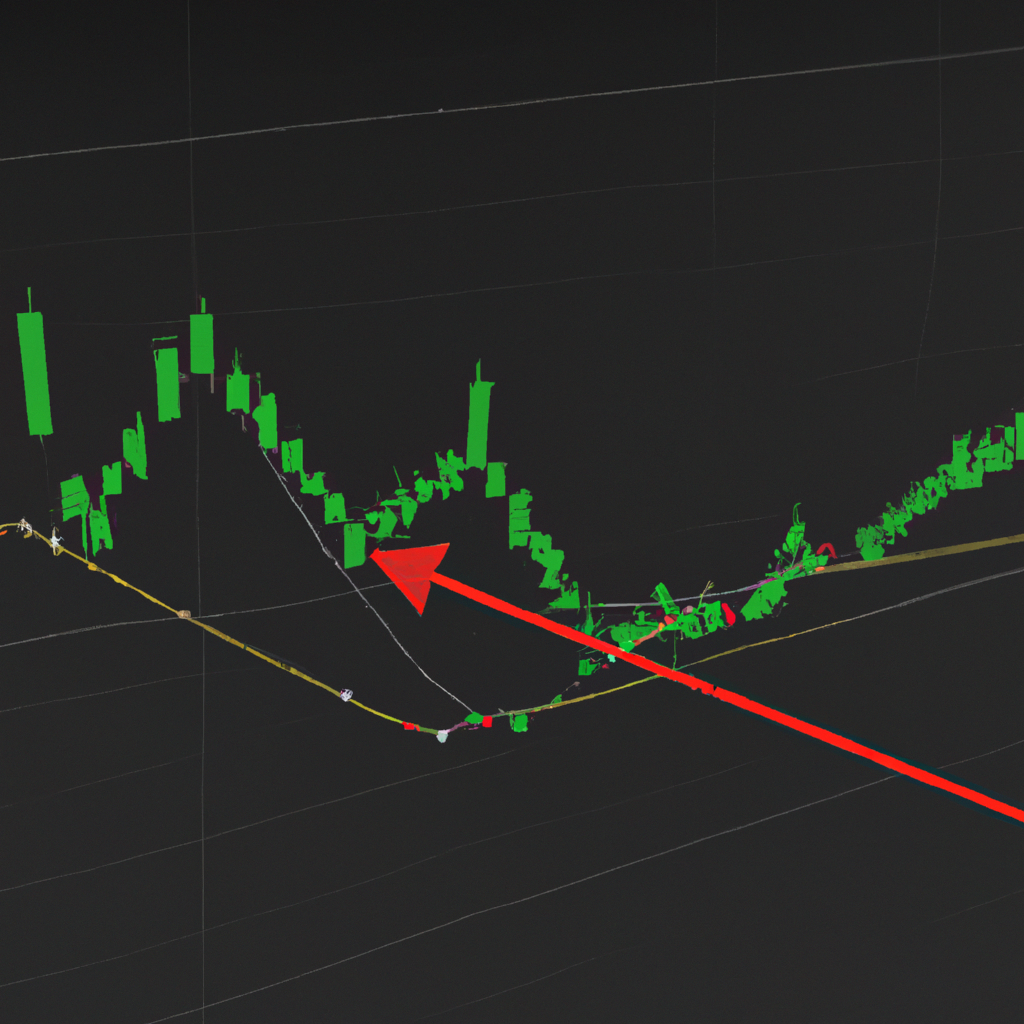Using Pivot Points for Day Trading
Pivot points are a popular technical analysis tool used by day traders to identify potential support and resistance levels in the market. These levels are calculated based on the previous day’s high, low, and closing prices, and can help traders determine entry and exit points for their trades.
Calculating Pivot Points
There are several different ways to calculate pivot points, but the most common method is the standard pivot point formula:
Pivot Point = (High + Low + Close) / 3
Support and resistance levels are then calculated based on the pivot point:
Support 1 = (2 x Pivot Point) – High
Support 2 = Pivot Point – (High – Low)
Resistance 1 = (2 x Pivot Point) – Low
Resistance 2 = Pivot Point + (High – Low)
Using Pivot Points in Day Trading
Once pivot points have been calculated, traders can use them to determine potential entry and exit points for their trades. Here are some common strategies for using pivot points in day trading:
- Bounce Strategy: Traders can look to enter a trade when the price bounces off a support or resistance level. For example, if the price bounces off the support 1 level, traders may look to enter a long position.
- Breakout Strategy: Traders can look to enter a trade when the price breaks through a support or resistance level. For example, if the price breaks through the resistance 1 level, traders may look to enter a long position.
- Reversal Strategy: Traders can look for potential reversal points when the price approaches a support or resistance level. For example, if the price approaches the support 2 level and shows signs of reversal, traders may look to enter a long position.
Conclusion
Pivot points can be a valuable tool for day traders looking to identify potential support and resistance levels in the market. By using pivot points in conjunction with other technical indicators and analysis tools, traders can make more informed trading decisions and improve their chances of success in the market.










